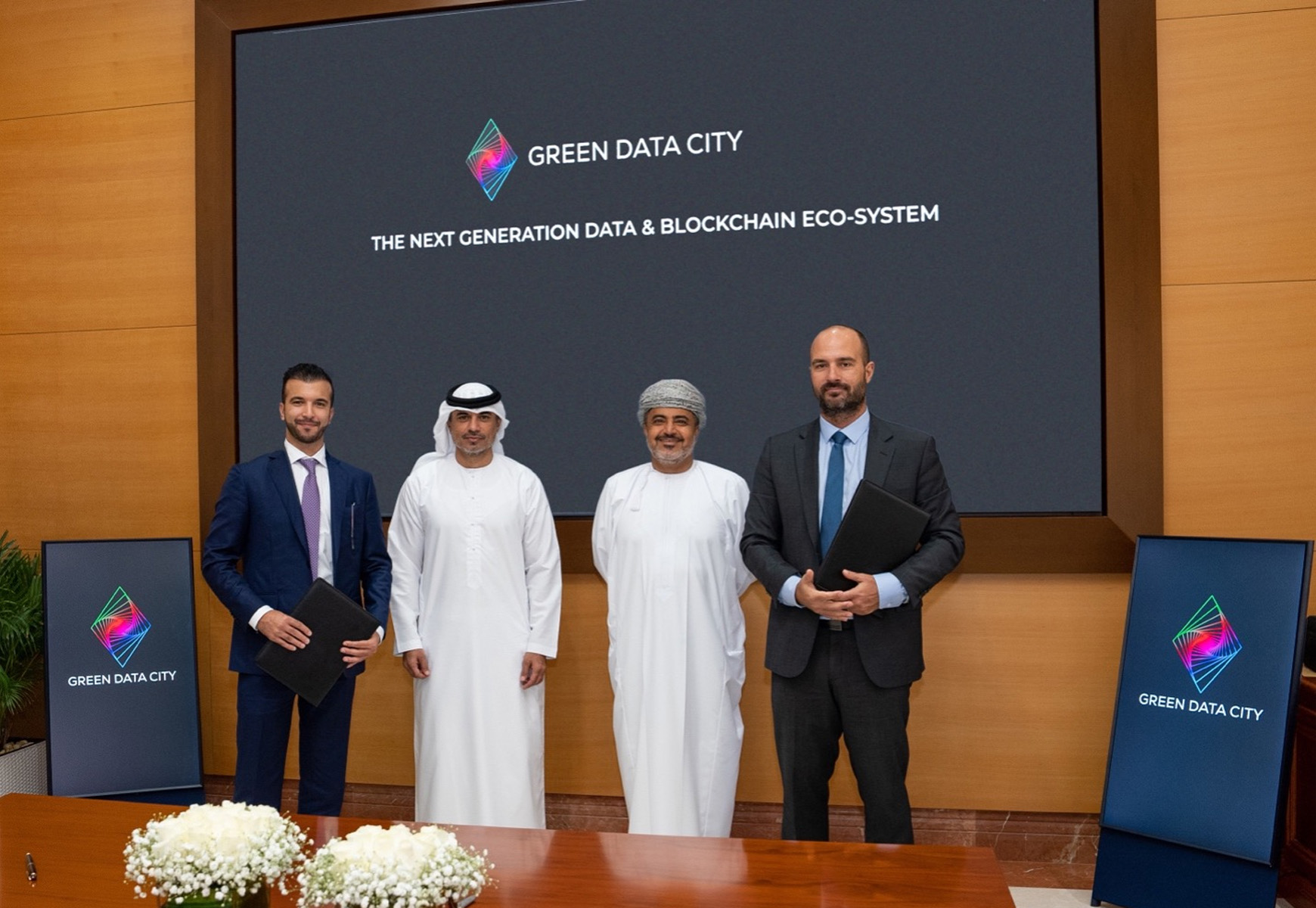News
Phoenix Group & Green Data City Plan Crypto Farm In Oman
The $300 million facility is expected to be fully operational by Q2 2024.

Muscat-based Green Data City has teamed up with Abu Dhabi’s Phoenix Group to build a $300 million crypto farm facility in the Gulf state of Oman.
The 150-megawatt data farm will be one of the largest crypto-mining centers in the region and is expected to be fully operational by the second quarter of 2024.

Crypto-mining farms are large facilities filled with racks of PCs sporting high-end GPUs. They are designed to mine cryptocurrencies such as Bitcoin and Ethereum using a complex network of software and computers. The process involves solving intricate mathematical calculations to produce new digital currencies — something that requires massive computer resources and lots of electrical power.
Green Data City and the Phoenix Group chose Oman for their mining farm due to the long-term security of the license terms and the comparatively cooler weather in the country’s Dhofar region, which should help to reduce energy consumption.
The first development phase will output 200MW of mining power, while the second phase will reach 400MW, creating a hyperscale data center with downstream activities that will include renewable energy and hydrogen production, desalination, food production, and cosmetics.
Also Read: Help Scout Review: The Only Help Desk Software You’ll Ever Need
The developers will build the new facility in modular sections to reduce environmental impact and intend to install solar shades and employ specialized local technicians.
Oman’s economy is now on a solid footing as the Gulf country forges ahead with its economic diversification initiatives, backed by favorable oil prices and successful fiscal reforms during a time of stable inflation.
News
Google Releases Veo 2 AI Video Tool To MENA Users
The state-of-the-art video generation model is now available in Gemini, offering realistic AI-generated videos with better physics, motion, and detail.

Starting today, users of Gemini Advanced in the MENA region — and globally — can tap into Veo 2, Google’s next-generation video model.
Originally unveiled in 2024, Veo 2 has now been fully integrated into Gemini, supporting multiple languages including Arabic and English. The rollout now brings Google’s most advanced video AI directly into the hands of everyday users.
Veo 2 builds on the foundations of its predecessor with a more sophisticated understanding of the physical world. It’s designed to produce high-fidelity video content with cinematic detail, realistic motion, and greater visual consistency across a wide range of subjects and styles. Whether recreating natural landscapes, human interactions, or stylized environments, the model is capable of interpreting and translating written prompts into eight-second 720p videos that feel almost handcrafted.
Users can generate content directly through the Gemini platform — either via the web or mobile apps. The experience is pretty straightforward: users enter a text-based prompt, and Veo 2 returns a video in 16:9 landscape format, delivered as an MP4 file. These aren’t just generic clips — they can reflect creative, abstract, or highly specific scenarios, making the tool especially useful for content creators, marketers, or anyone experimenting with visual storytelling.
Also Read: Getting Started With Google Gemini: A Beginner’s Guide
To ensure transparency, each video is embedded with SynthID — a digital watermark developed by Google’s DeepMind. The watermark is invisible to the human eye but persists across editing, compression, and sharing. It identifies the video as AI-generated, addressing concerns around misinformation and media authenticity.
While Veo 2 is still in its early phases of public rollout, the technology is part of a broader push by Google to democratize advanced AI tools. With text-to-image, code generation, and now video creation integrated into Gemini, Google is positioning the platform as a full-spectrum creative assistant.
Access to Veo 2 starts today and will continue expanding in the coming weeks. Interested users can try it out at gemini.google.com or through the Gemini app on Android and iOS.

























